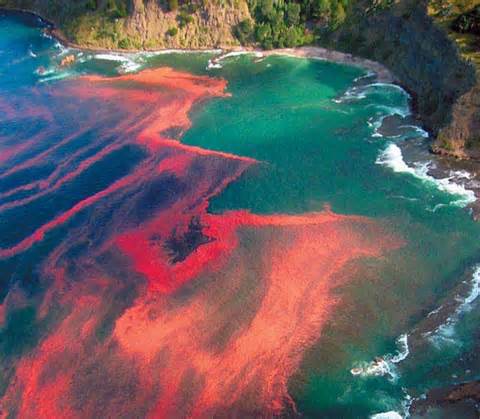Toxic algal blooms are responsible for huge economic losses and deep ecological impacts in coastal areas, threatening fisheries and aquaculture industries. Many of these episodes (e.g., Florida red tides) are caused by the explosive proliferation of toxin-producing dinoflagellates in the phytoplankton, causing serious intoxications in human consumers of shellfish. While toxic tides occur naturally in the oceans, their frequency and toxicity is increasing as a consequence of pollution and sea level rise (among other factors), challenging marine ecosystems.
Yet, we don’t know much about how these biotoxins affect marine life, specially when it comes to constant exposure to sublethal concentrations of these compounds. The work of our own Veronica Prego-Faraldo is contributing to clarify that question. In her most recent paper (Journal of Toxicology and Environmental Health, Part A), she has studied the cytological effects of the biotoxin okadaic acid on mussels in vitro. Her findings show heterogeneous sensitivities to this biotoxin across different mussel tissues, specially in the case of gills. Altogether, these results confirm the genotoxic consequences of exposure to sublethal concentrations of okadaic acid. Furthermore, they provide clues to develop biomonitoring strategies able to efficiently assess the effects of this biotoxin in natural populations.





